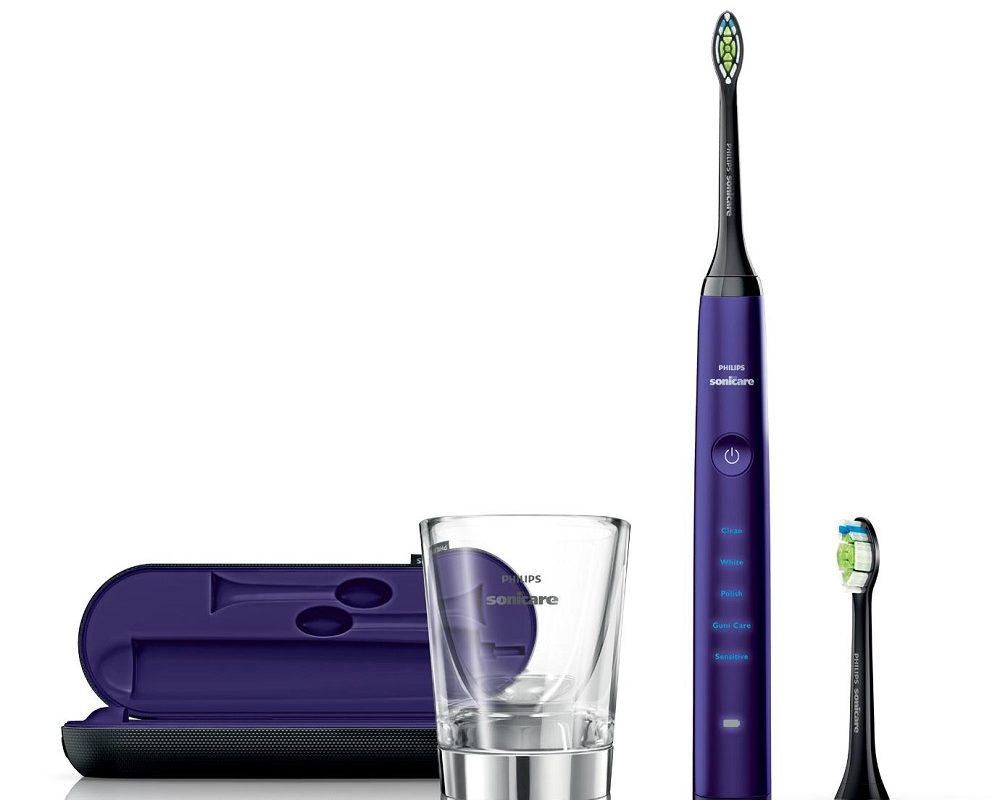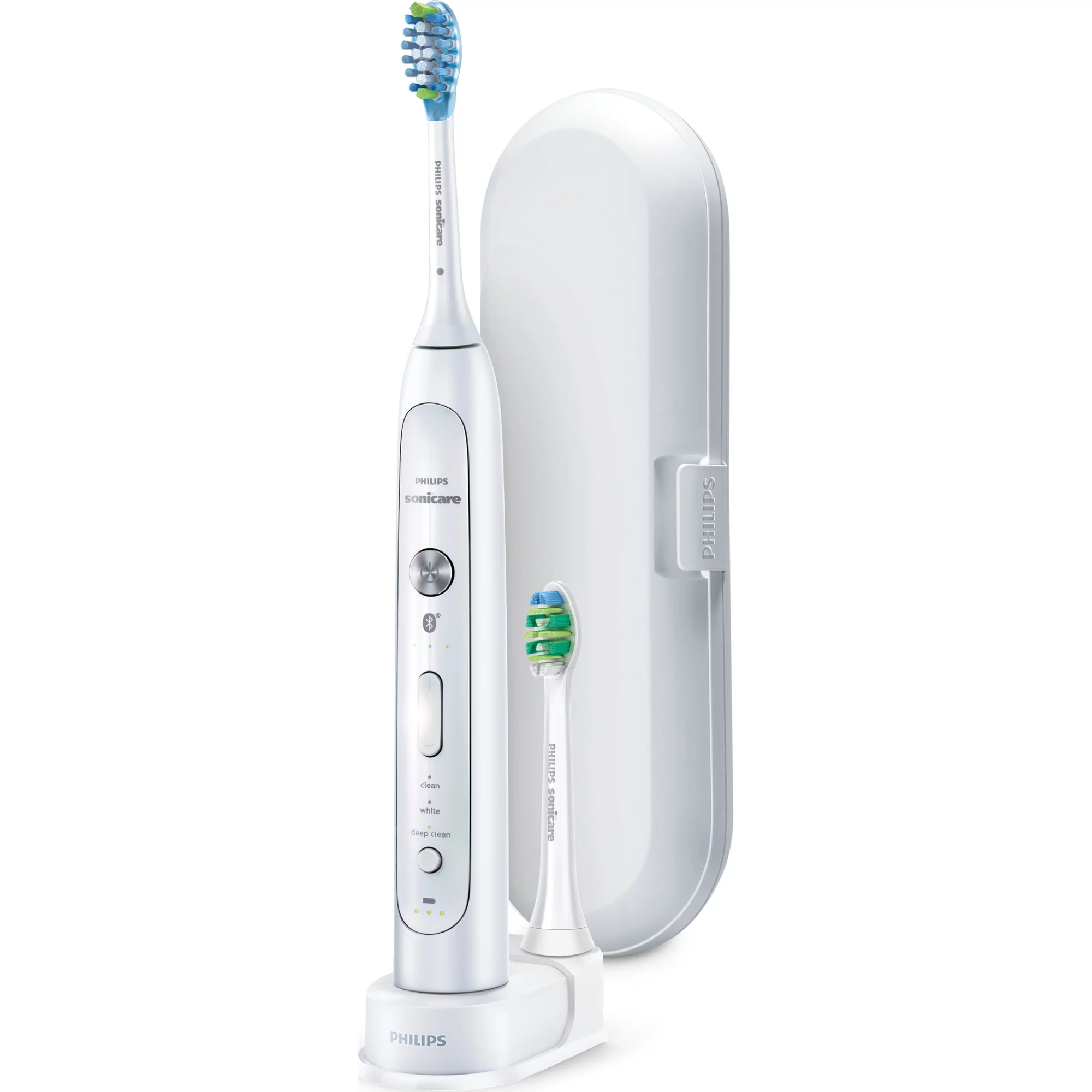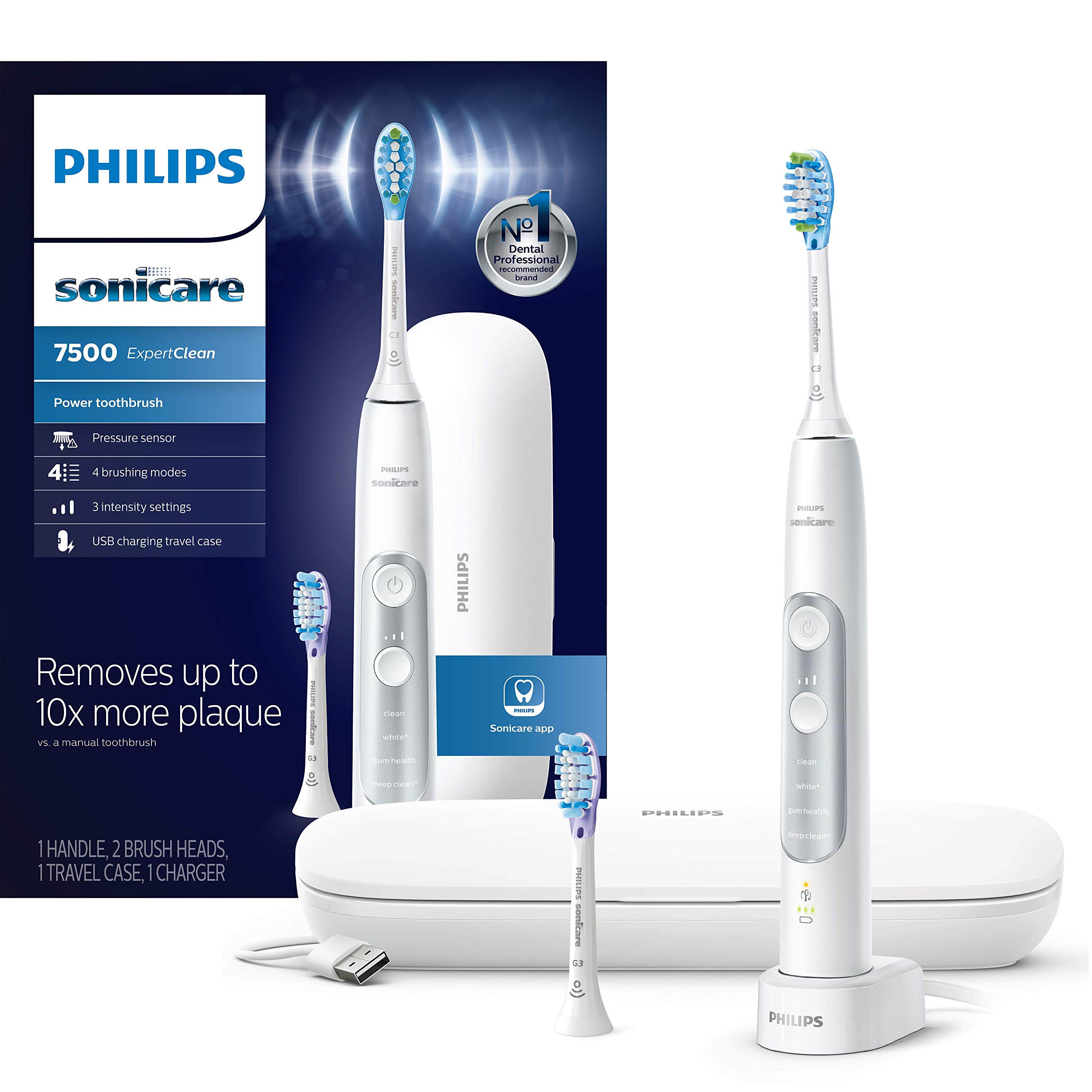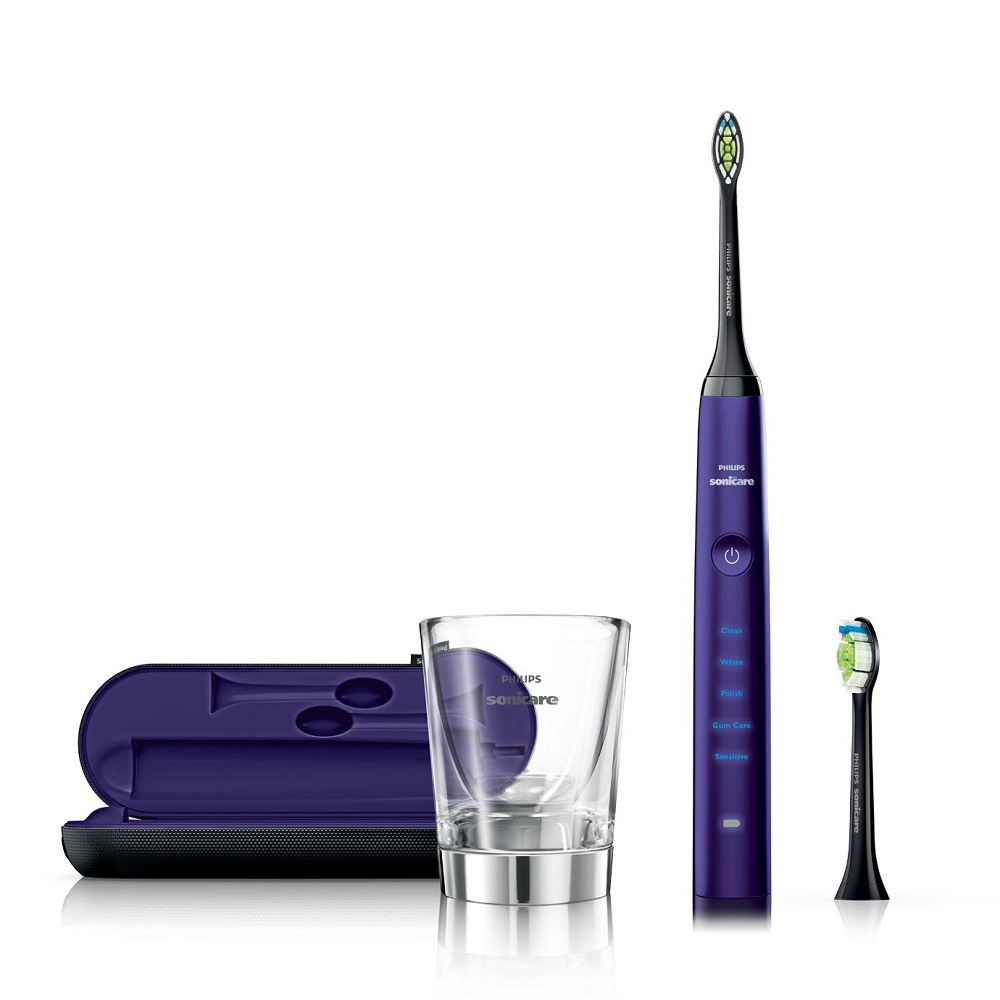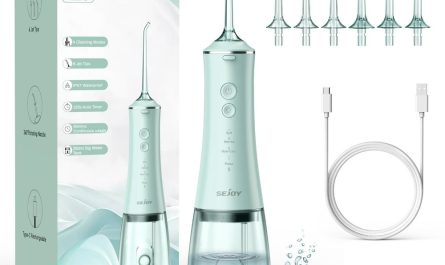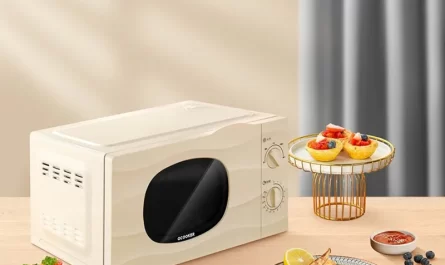Sonicare electric toothbrushes are renowned for their superior cleaning capabilities and technological advancements. However, like all electronic devices, they eventually reach the end of their usable life. This raises an important question: how to dispose of a Sonicare electric toothbrush properly? This article delves into environmentally friendly methods, safety considerations, and recycling options to ensure you can dispose of your electric toothbrush responsibly.
Environmental Impact of Improper Disposal
Understanding the environmental impact of improper disposal highlights the importance of following the correct procedures.
Electric toothbrushes contain batteries, electronic components, plastics, and sometimes metals. When thrown into regular trash, these materials can cause environmental harm. Batteries can leak harmful chemicals like lead and mercury, contaminating soil and water sources. Plastics contribute to landfill waste, taking centuries to decompose and releasing toxic substances during the process.
Electronic waste, including electric toothbrushes, often ends up in landfills where it can cause severe contamination. E-waste is a growing concern, contributing significantly to environmental pollution and posing health risks to humans and wildlife.
Proper disposal can significantly mitigate these environmental impacts, ensuring that materials are handled, recycled, or disposed of in environmentally responsible ways. Awareness of these issues encourages more sustainable disposal practices.
Removing and Recycling the Battery
One of the most crucial steps in properly disposing of a Sonicare electric toothbrush is removing the battery, a significant source of environmental harm if not disposed of correctly.
Before beginning, ensure that the toothbrush is turned off and unplugged. Consult the manual or the manufacturer’s website for specific instructions on battery removal. You might need a small screwdriver or similar tool to access the battery compartment.
Carefully remove the battery, avoiding damage that might cause it to leak. Place the battery in a separate, secure container.
Most local waste management facilities offer battery recycling services. Many electronics stores, libraries, and community centers also provide battery recycle drop-off points. Never dispose of batteries in regular trash bins.
Removing and recycling the battery ensures that harmful chemicals do not leach into the environment, contributing to safer and more sustainable waste management practices.
Recycling Electronic Components
Beyond the battery, Sonicare electric toothbrushes contain various electronic components that require specialized recycling processes.
The handle and brush head, once the battery is removed, contain electronic circuits, motors, and sometimes metal parts. These materials can often be recycled but need to be taken to suitable e-waste recycling centers.
Check with your local recycling facility to see if they accept small electronics or e-waste. Many regions have specific drop-off points for electronic waste, ensuring that these items are processed correctly and valuable materials are recovered.
Some manufacturers also offer recycling programs, allowing you to send back your used devices for proper disposal. Philips Sonicare, for example, sometimes provides information on how to return products for recycling.
Recycling electronic components ensures that valuable materials are recovered and reused, reducing environmental impact and the need for raw material extraction.
Disposing of the Plastic Parts
Apart from electronic components, Sonicare electric toothbrushes consist of various plastic parts, which also need careful disposal.
The brush head, casing, and other plastic components can be recycled if handled properly. While some community recycling programs accept small plastic items, it’s essential to confirm the types of plastics accepted in your local recycling program.
Cleaning the plastic parts before disposal can also make recycling more efficient. Remove any remaining toothpaste or debris to facilitate the recycling process.
If local facilities do not accept these plastics, check for specialized recycling services that handle small plastic components. Some companies and programs offer mail-in options for plastic recycling.
By ensuring that plastic parts are recycled, you contribute to reducing landfill waste and promoting the sustainable use of resources.
Manufacturer Take-Back Programs
Many electronic device manufacturers offer take-back programs, enabling consumers to return their used products for proper recycling and disposal.
Philips Sonicare may offer such take-back services, allowing customers to return their old toothbrushes for recycling. Check the manufacturer’s website or contact customer service for information about available programs.
Participating in manufacturer take-back programs ensures that your electric toothbrush is recycled according to industry standards. Manufacturers often have partnerships with specialized recycling facilities capable of handling electronic waste responsibly.
Using take-back programs benefits both consumers and manufacturers by supporting circular economy principles, where products are reused, recycled, and repurposed, reducing environmental impact and resource consumption.
Community Recycling Events
Community recycling events often provide convenient opportunities to dispose of electronic waste, including electric toothbrushes, responsibly.
Check local government websites, community boards, or social media channels for information on upcoming e-waste recycling drives or events. These events usually accept a wide range of electronic items and ensure they are recycled correctly.
Participating in these events fosters community involvement in environmental conservation and provides accessible recycling options for residents. Such initiatives also educate the public on the importance of proper electronic waste disposal.
Community recycling events offer an excellent way to responsibly dispose of your Sonicare electric toothbrush while supporting local sustainability efforts.
Donating Usable Parts
If parts of your Sonicare electric toothbrush are still in good condition, consider donating them to organizations or recycling programs that can make use of them.
Some community centers, medical facilities, or NGOs might accept electric toothbrushes or their components for use in educational programs or for parts salvaging.
Before donating, ensure all components are cleaned and sanitized. Providing detailed information about the item’s condition and remaining lifespan can also help the recipient make the best use of the donation.
By donating usable parts, you extend the device’s life and support community health initiatives while reducing electronic waste.
Addressing Potential Safety Concerns
Disposing of electronic devices, including electric toothbrushes, requires careful attention to safety to avoid potential hazards.
When removing batteries and other components, handle tools carefully to prevent injury or damage to the device that might cause leaks or ruptures. Use gloves and protective eyewear if necessary.
Avoid short-circuiting the battery by ensuring it’s insulated and not in contact with metal objects during transport. Take steps to prevent accidental activation of the toothbrush during disassembly.
If disposing of the toothbrush presents any difficulties or safety concerns, seek advice from professionals or local recycling centers to ensure safe and proper handling.
Addressing safety concerns during disposal protects you and those involved in the recycling process, promoting responsible and safe waste management practices.
Importance of Consumer Responsibility
Consumer responsibility plays a crucial role in minimizing the environmental impact of electronic waste. Proper disposal of devices like Sonicare electric toothbrushes is a key aspect of this responsibility.
Being informed about the correct disposal methods and following them helps ensure that components are recycled and hazardous materials do not harm the environment. It also supports the recycling industry by providing materials that can be repurposed.
Consumers can advocate for more accessible and comprehensive recycling programs by supporting manufacturers and communities prioritizing sustainable disposal options.
Embracing consumer responsibility fosters a culture of sustainability and helps address the growing challenge of electronic waste, contributing to a healthier planet.
Future Trends in Device Disposal
The future of electronic device disposal is evolving, with trends aimed at improving sustainability and reducing environmental impact.
Advances in recycling technologies enable more efficient and comprehensive processing of e-waste. Innovations in battery recycling and material recovery offer promising solutions for handling electronic components responsibly.
Policy changes and regulatory measures are increasingly supporting mandatory take-back programs and extended producer responsibility, holding manufacturers accountable for the lifecycle of their products.
Consumer education initiatives continue to raise awareness about proper disposal practices, encouraging individuals to make environmentally responsible choices.
Future trends point toward a more sustainable approach to electronic device disposal, enhancing recycling efforts, and reducing the environmental footprint of electronic waste.
Conclusion
Understanding how to dispose of a Sonicare electric toothbrush properly involves adhering to environmentally responsible practices and ensuring safety. By removing and recycling the battery, disposing of electronic components appropriately, and participating in manufacturer take-back programs, you can significantly reduce the environmental impact of your device. Community initiatives and donation options further enhance the sustainable lifecycle of your electric toothbrush. Embracing consumer responsibility and staying informed about evolving disposal methods help contribute to a healthier planet, ensuring that electronics are handled with care and consideration for the environment.

